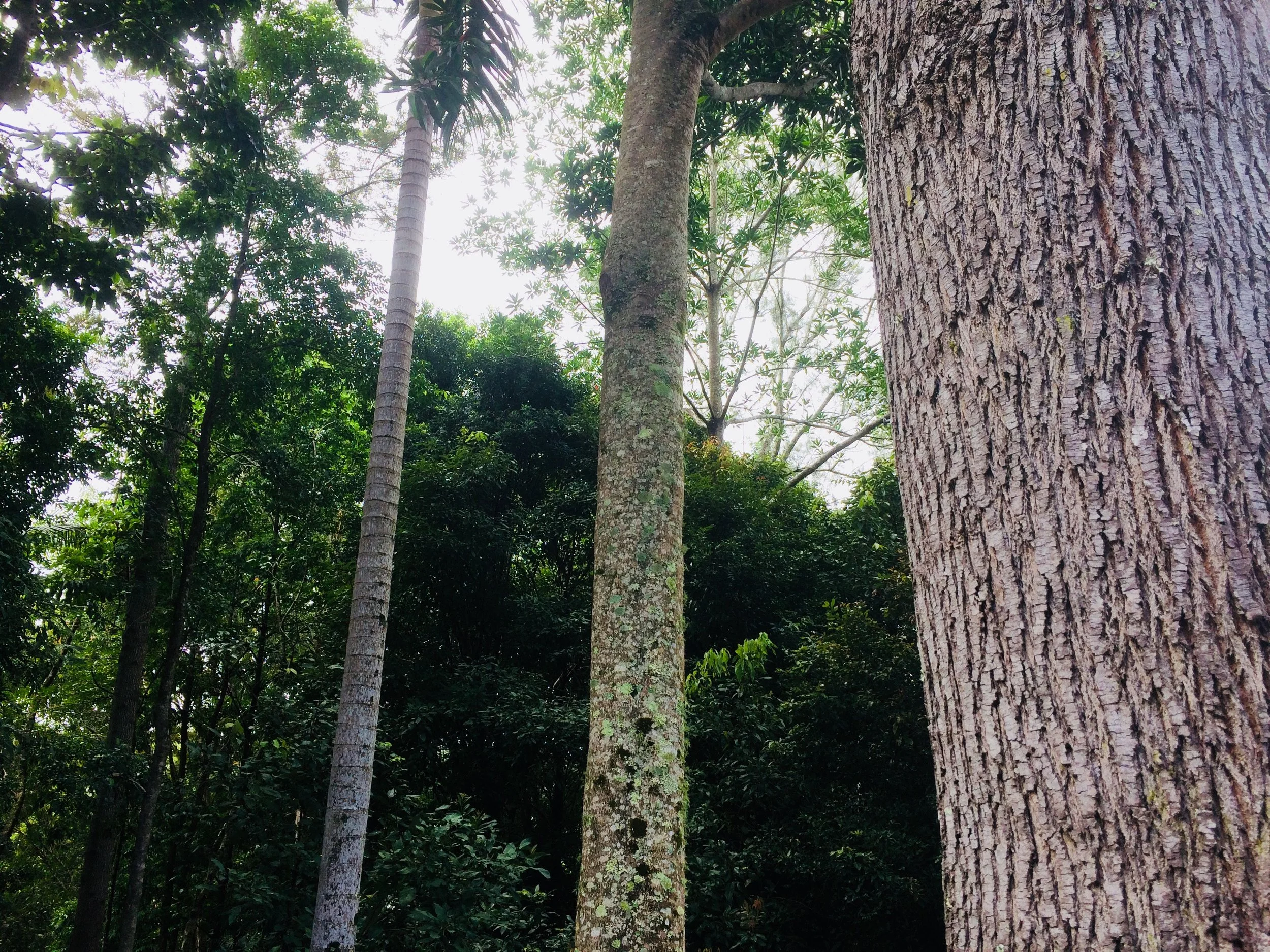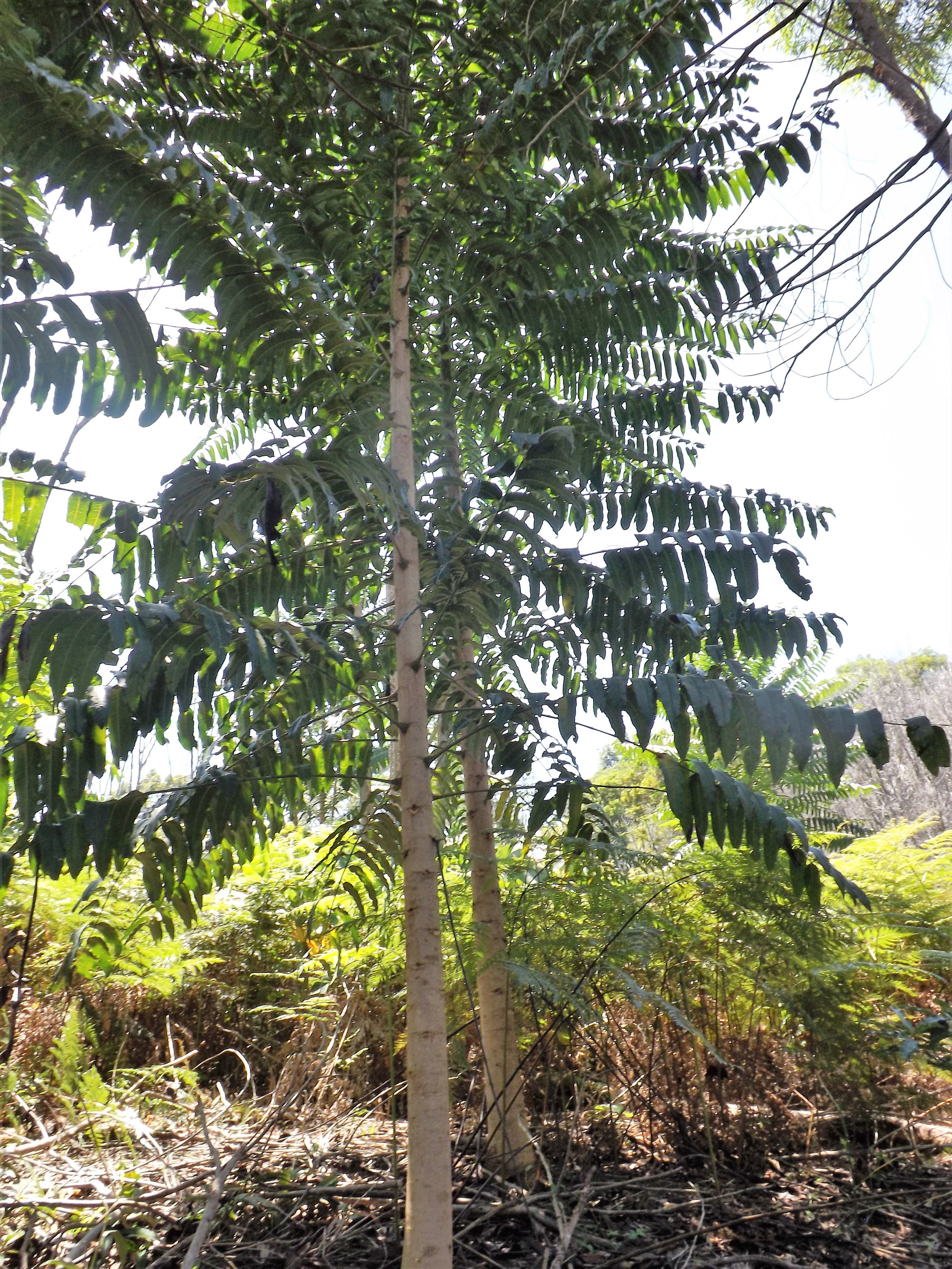The major site and tree characteristics influencing species choice are; soil type, climatic factors such as rainfall, temperature and wind, native vegetation of the area and the growth rates and susceptibilities of different species. Therefore, to choose appropriate tree species for specific plantation site is vital for stable and productive growth.
To help farmers with tree species selection the SFFA has selected the list of timber species that are suitable for subtropical farm forestry. The chosen species has been collected into one textbook available as in download documents.
The full version of "Profiles of Trees for Subtropical Farm Forestry" is free for SFFA members and available in PDF file on request.
Read on for a taste of the content.
The quandongs (Elaeocarpus spp.)
The Elaeocarpaceae is a large family with 10 genera and about 400 species occuring mostly in the tropics and warm temperate regions. Five genera and 34 species occur in Eastern Australia from North Queensland to Tasmania, the most important genera for timber being Elaeocarpus and Sloanea. The Quandong species such as Blue Quandong, Silver Quandong, Hard Quandong and Blueberry Ash are highly ornamental trees worth considering for their aesthetic and wildlife habitat values as well as for timber production.
Rainforest cabinet timbers
The four tree species has been examined in "Profiles of Trees for Subtropical Farm Forestry" from three different families but have a number of things in common; their fast to very fast growth rates, their hardiness and tolerance of drier and colder sites than many rainforest species, and the fact that they produce high quality cabinet timbers. The selected species are: Ribbonwood (Euroschinus falcata), Deep Yellowwood (Rhodosphaera rhodanthema), White Cedar (Melia azedarach) and Black Teak (Pentaceras australis).
Eucalyptus
Eucalyptus is a large genus of more than 500 species of tropical and sub-tropical evergreen trees which dominate the Australian landscape as well as being widely cultivated throughout the world. Eucalypts vary from small trees to huge giants in the forests. The use of these trees are very diverse; from timber production for construction, oil distillation, shade, shelter, soil protection and a haven and food source for birds and animals including the koala which feed on the leaves of some of the species. Bees utilise the blossoms for making honey. The bark can be used for paper making and tanning.




